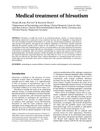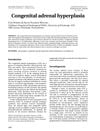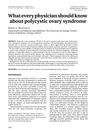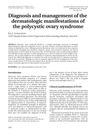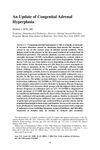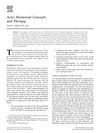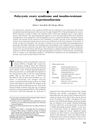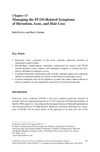Congenital Adrenal Hyperplasia: A Review of 21-Hydroxylase Deficiency and Diagnostic Challenges
March 2009
in “
Dermato-endocrinology
”
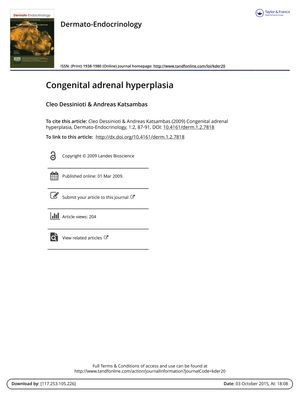
TLDR The document concludes that diagnosing and treating Congenital Adrenal Hyperplasia is complex and requires a team approach due to its effects on the skin and other symptoms.
The 2009 document reviews Congenital Adrenal Hyperplasia (CAH), particularly focusing on the most common form, 21-hydroxylase deficiency, which accounts for 95% of cases. CAH is characterized by enzyme defects leading to deficiencies in cortisol and/or aldosterone and excess androgens, causing symptoms like acne, androgenetic alopecia, and hirsutism. The review highlights the challenge of differentiating non-classical CAH (NCAH) from conditions like polycystic ovary syndrome (PCOS) and discusses diagnostic methods such as the ACTH stimulation test. It also notes that most men with NCAH are fertile and do not have impaired cortisol synthesis during stress. A study within the document found that 2.2% of women with androgen excess symptoms had NCAH. Diagnosis can be complex due to borderline biochemical data, and treatments vary from managing skin symptoms to reducing ACTH and androgen production. The document emphasizes the importance of a multidisciplinary approach for managing CAH due to its significant dermatological impact.
